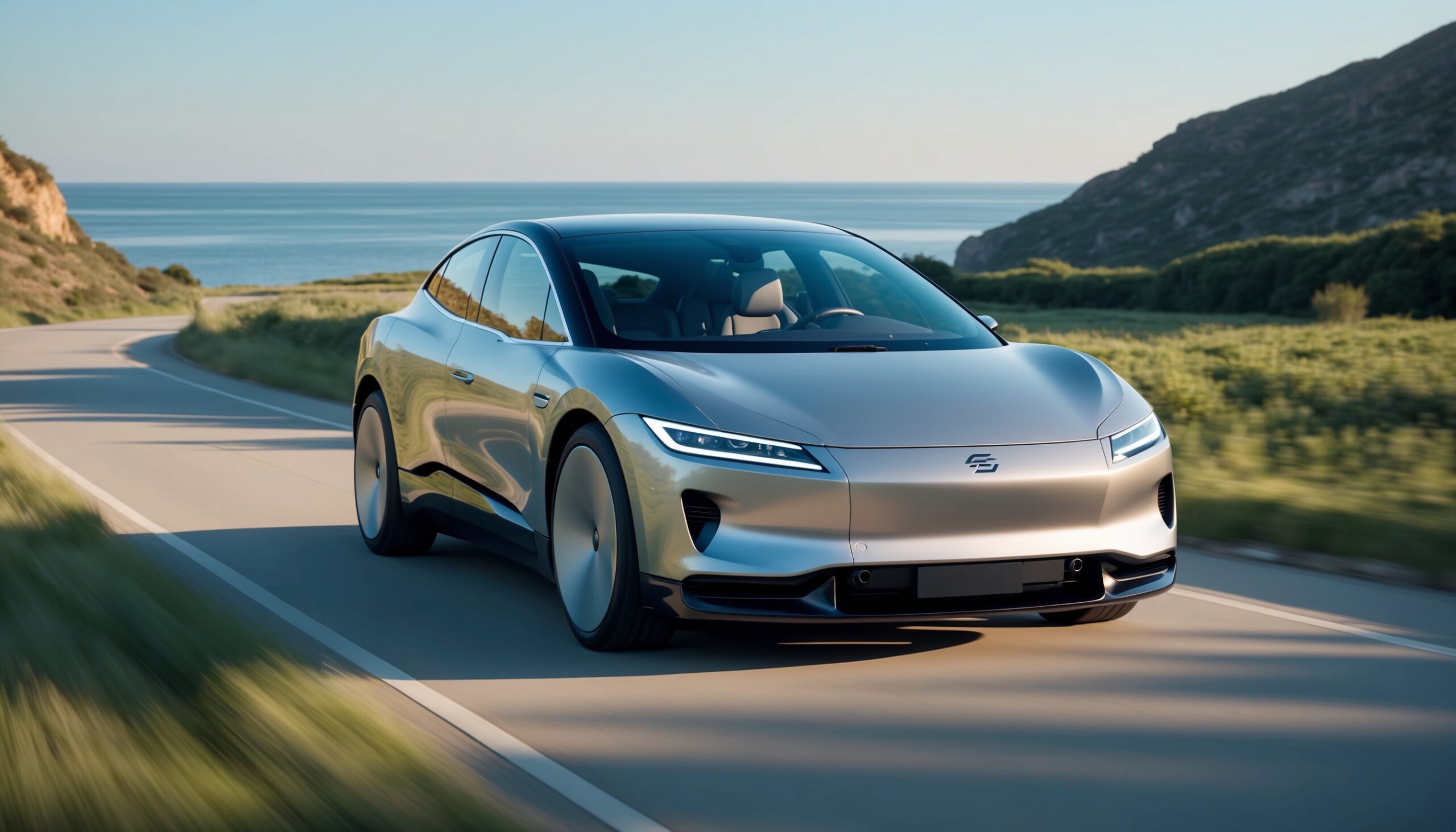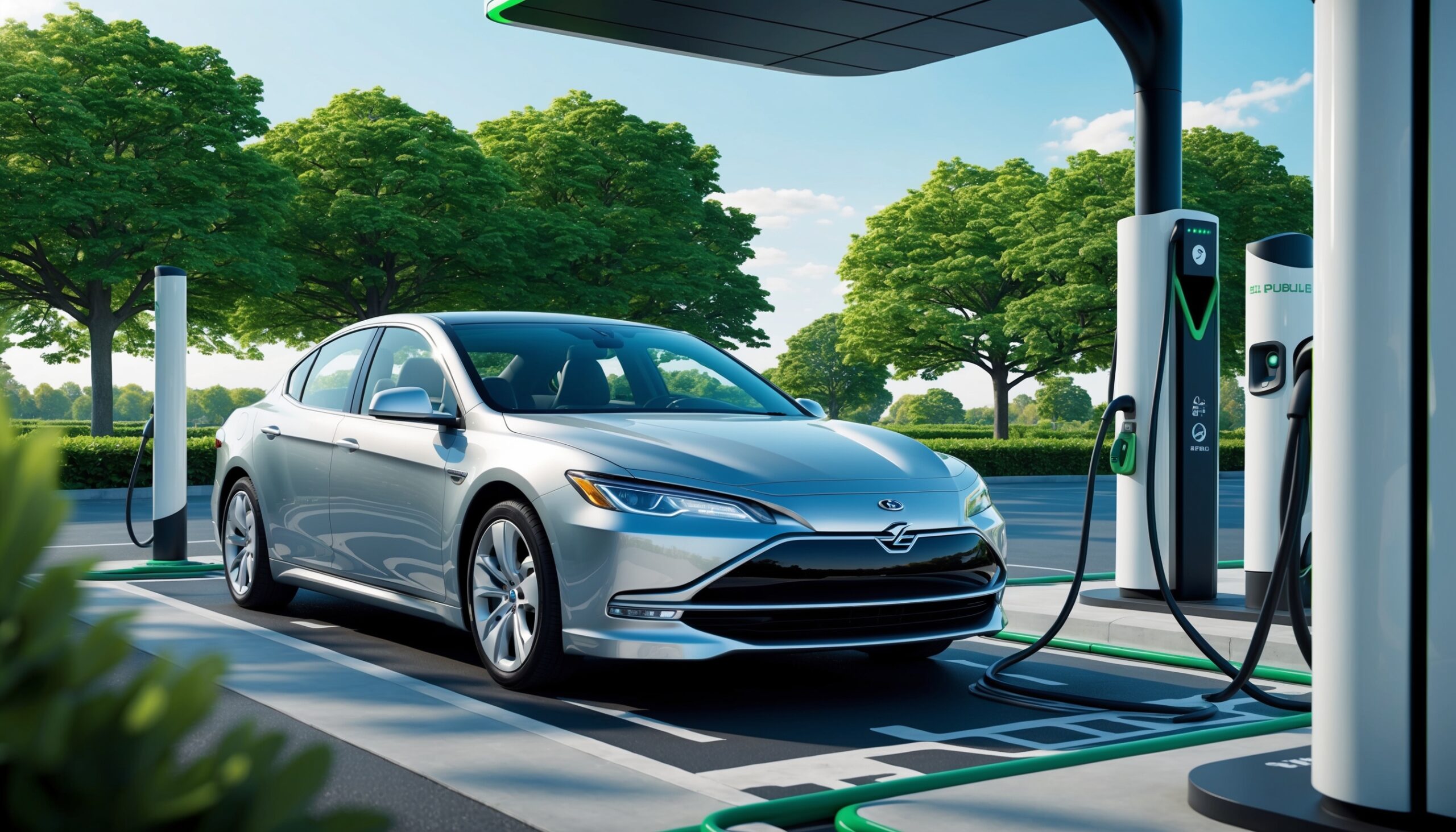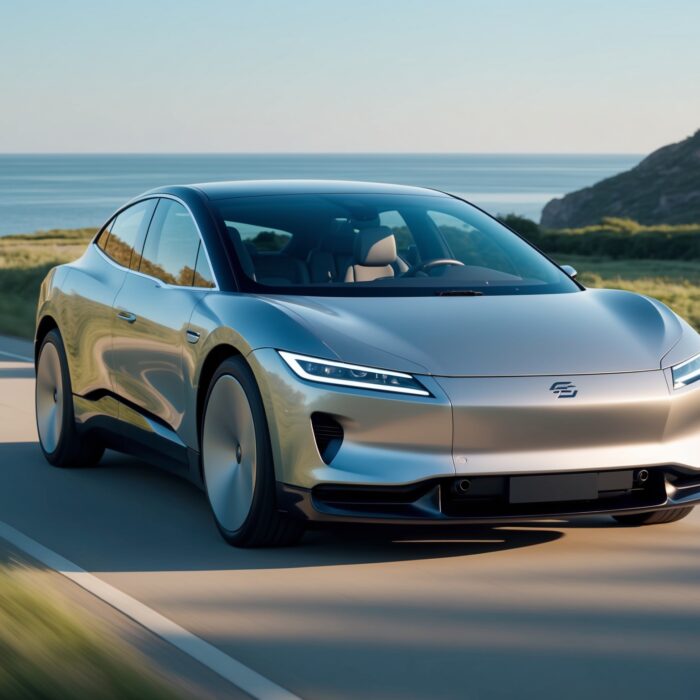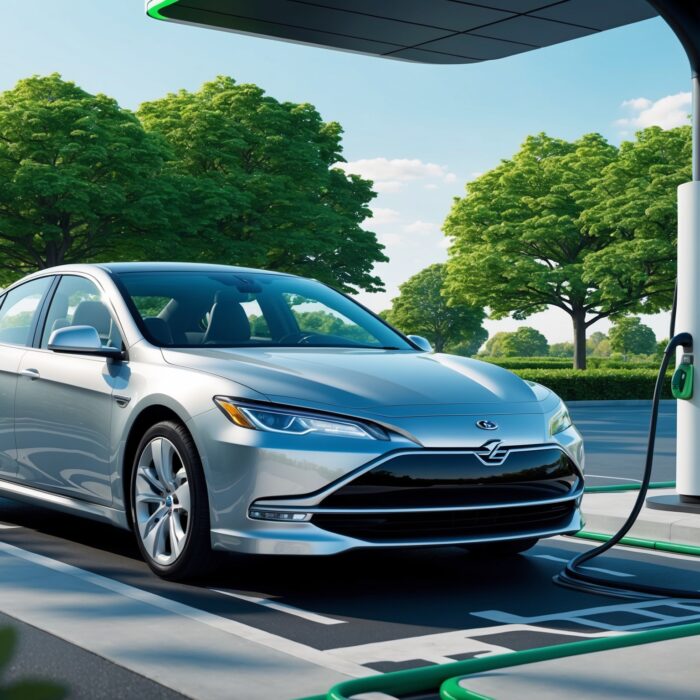The Solid-State Battery Hype: When Will It Hit Mass Production?
Hey there, car enthusiasts! If you’ve been following the electric vehicle (EV) scene, you’ve probably heard the buzz about solid-state batteries. It’s a hot topic right now, and for a good reason. These batteries promise to revolutionize the way we think about energy storage and electric vehicles. But with so much hype, one big question looms: when will solid-state batteries hit mass production? Buckle up as we dive deep into this exciting technology and explore its implications for the automotive world!
What Are Solid-State Batteries?
First things first, let’s break down what solid-state batteries actually are. Unlike your typical lithium-ion batteries that use liquid or gel electrolytes, solid-state batteries utilize a solid electrolyte. This fundamental difference allows for a range of benefits, which we’ll delve into shortly.
The Basic Chemistry
To put it simply, a battery consists of three main components: an anode, a cathode, and an electrolyte. In traditional lithium-ion batteries, the electrolyte is usually a liquid that facilitates the flow of lithium ions between the anode and cathode during discharge and charge cycles.
Also Read: Beyond Lithium: The Race to Commercialize Sodium-Ion EV Batteries
In solid-state batteries, however, the liquid electrolyte is replaced with a solid electrolyte, which can be made from various materials, including ceramics and polymers. This change significantly alters the battery’s performance characteristics.
Why the Hype?
The excitement surrounding solid-state batteries stems from several key advantages they offer over conventional battery technology:
- Higher Energy Density: Solid-state batteries can store more energy in the same amount of space, leading to longer ranges for electric vehicles.
- Improved Safety: Since they use solid electrolytes, there’s a lower risk of leakage or combustion, making them safer than their liquid counterparts.
- Longer Lifespan: Solid-state batteries tend to have a longer cycle life, meaning they can endure more charge and discharge cycles without significant degradation.
- Faster Charging: With solid-state technology, charging times could be significantly reduced, making EVs even more convenient for everyday use.
Current State of Solid-State Battery Development
As we look at the current landscape of solid-state battery development, several major players in the automotive and tech industries are racing to bring this technology to market. Companies like Toyota, Volkswagen, and QuantumScape are at the forefront of this race, each with their unique approaches and timelines.
Major Players and Their Progress
Let’s take a closer look at some of the big names involved in solid-state battery development:
- Toyota: Toyota has been a pioneer in the hybrid and electric vehicle sectors, and they aim to launch their solid-state batteries in the early 2020s. Their ambitious target of 2025 for commercialization is something that many are watching closely.
- QuantumScape: This California-based startup has gained significant attention for its innovative designs. They’ve announced plans to have their solid-state batteries in production by 2024, focusing on automotive applications.
- Volkswagen: VW has partnered with QuantumScape to develop solid-state battery technology. They plan to integrate these batteries into their EV lineup by the mid-2020s.
- Samsung SDI: Samsung is also investing heavily in solid-state battery research, aiming for mass production within the next few years.
Challenges to Overcome
Despite the excitement, several hurdles still need to be addressed before solid-state batteries can reach mass production. Here are a few of the main challenges:
- Manufacturing Scale: Producing solid-state batteries at scale is a complex process that requires significant investment and innovation in manufacturing techniques.
- Cost: Solid-state batteries are currently more expensive to produce than traditional lithium-ion batteries, which could hinder their widespread adoption unless costs come down significantly.
- Material Limitations: Finding suitable materials for solid electrolytes that are both efficient and cost-effective remains a challenge.
The Timeline for Mass Production
So, when can we expect to see solid-state batteries in our vehicles? While companies are making strides, it’s essential to consider the timeline realistically. Most industry experts predict that we may start seeing solid-state batteries in limited production by the mid-2020s. However, full-scale mass production may take longer, potentially extending into the late 2020s or early 2030s.
Short-Term Prospects
In the short term, we can expect to see prototypes and limited applications in high-end electric vehicles. Manufacturers may focus on integrating solid-state batteries into luxury models first, where the performance benefits can justify the higher costs.
Long-Term Outlook
As technology matures and manufacturing processes improve, we could see solid-state batteries becoming more affordable and available across a broader range of vehicles. This transition will likely coincide with advancements in EV infrastructure, making electric vehicles more accessible to the average consumer.
The Impact on the Automotive Industry
The introduction of solid-state batteries could have far-reaching implications for the automotive industry. Here’s how we envision it changing the landscape:
Enhanced Performance
With higher energy densities and faster charging capabilities, vehicles equipped with solid-state batteries could far exceed the performance of current electric vehicles. Imagine an EV that can travel 500 miles on a single charge and recharge in under 15 minutes! This could make electric vehicles a much more appealing option for consumers.
Environmental Considerations
Solid-state batteries also have the potential to be more environmentally friendly. Their longer lifespan means fewer batteries would need to be produced and disposed of over time. Additionally, researchers are exploring more sustainable materials for solid-state batteries, which could further reduce their environmental impact.
Market Competition
As solid-state batteries become more viable, we can expect increased competition among automakers. This could lead to more innovation in battery technology, EV design, and overall vehicle performance. Consumers will benefit from better choices and potentially lower prices as manufacturers strive to outdo each other.
What Can Consumers Do?
As consumers, it’s essential to stay informed about the developments in solid-state battery technology and electric vehicles. Here are a few ways you can get involved:
Also Read: New Federal Safety Standards for Vehicles Without Manual Controls
- Stay Updated: Follow news from reliable automotive sources, including Torque Feed, to keep abreast of breakthroughs in solid-state battery technology.
- Engage with Community: Join online forums and discussions about electric vehicles and battery technology. Engaging with other enthusiasts can provide valuable insights and foster a sense of community.
- Consider Future EVs: As solid-state batteries become available, consider making your next vehicle purchase an electric one. The benefits of this emerging technology may make it worth the wait!
Final Thoughts
The hype surrounding solid-state batteries is well-founded, given the plethora of advantages they offer over traditional battery technology. While we are still a few years away from mass production, the developments taking place in the industry are promising. As we eagerly await the arrival of solid-state batteries, it’s an exciting time to be a car enthusiast and witness the evolution of electric vehicles.
So, stay tuned, keep your eyes on the horizon, and get ready for a new era in automotive technology that could redefine the way we drive. With solid-state batteries on the verge of becoming a reality, the future of electric vehicles is brighter than ever!












